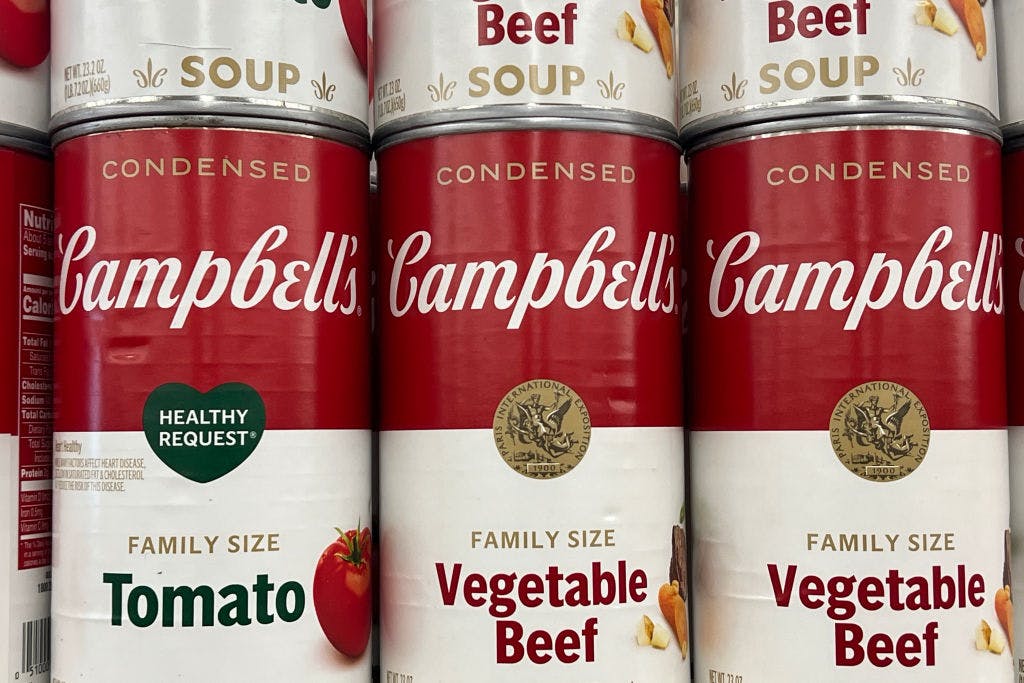Consumers are home cooking like it’s the pandemic again
…at least according to soup and snack giant Campbell’s.
In comments accompanying third-quarter results from The Campbell’s Company — formerly The Campbell’s Soup Company — CEO Mick Beekhuizen said on Monday that consumers are “cooking at home at the highest levels since early 2020,” contributing to the brand’s “solid” report.
Campbell’s, which is behind Prego pasta sauce, Goldfish crackers, and a host of other household staples, beat estimates on sales and profit in the quarter thanks to a boost from customers who are focused “on products that help them stretch their food budgets.”
Fork in the road
The CEO’s statements certainly chime with data from some corners of the restaurant world — as Axios reported, chains like McDonald’s have warned about slower spending this year — and consumer sentiment more broadly. Indeed, after a dip in confidence and concerns about the future, it stands to reason that many Americans might be raiding their cupboards and fridges rather than splashing out on trips to restaurants or fast-food outlets.
It’s probably a little early to be drawing pandemic comparisons like the Campbell’s CEO, but if what he’s observed is even broadly accurate, it would buck a trend that’s been developing in the years since lockdowns briefly turned the US into a country of home cooks again.
According to the most recent annual figures from the US Department of Agriculture, the average household spent just shy of $17,400 on food last year — some 53% of which was on food away from home. Whether they’re spending money at fast-food joints, full-service restaurants, bars, hotels, retailers, or vending machines, the American appetite for grabbing a quick treat or sitting down for a full meal made by someone else has been growing steadily more voracious for decades.
